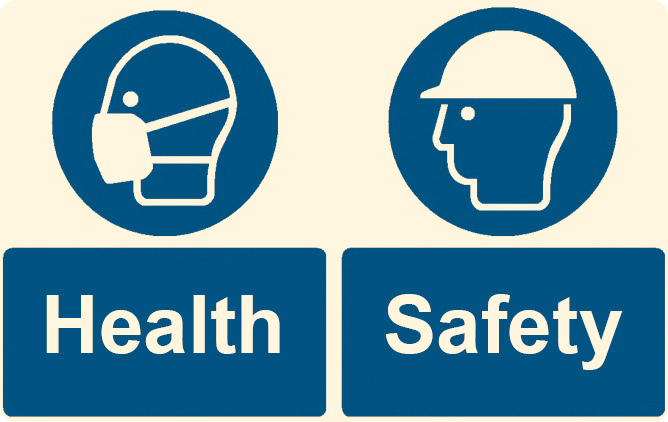
Personal injury cases don’t have to be complicated. The law always rewards those that stay informed of their options. Even so, getting compensated for a personal injury involves several steps. Reaching your goal is clear, but the time it takes to get there takes patience.
5. Consultation
Make sure to get consultation immediately after the accident. The longer you wait, the more difficult it becomes to make a case. A lot of things can happen between now and later, like witnesses forgetting details, you forgetting details or evidence being covered up. The information that attorneys will ask for is basic and comes down to negligence, the extent of injuries and who you feel is responsible. Details are important in this step, so make sure to get everything correct without leaving anything out. A consultation is not a binding agreement, and setting up a consultation does not make you a client.
 4. Investigate
4. Investigate
Once you are officially taken on as a client, the investigation phase begins. Your attorney will gather all needed evidence, police reports and statements from witnesses. Having photographs or video helps, but the most important things is a paper trail. Clients should keep safe all of the papers concerning the injury. That includes medical bills, statements about the accident, employer information and even vehicle data. The vehicles black box can tell a story that can easily corroborate your current story.
3. What Are Your Demands?
A demand package is part of the settlement you expect and covers the minimum you’re willing to accept. Demands usually cover liability, damages, pain and suffering and lost wages. The letter is meant to summarize and speed up the process before having to go to trial. The opposing party can either accept or reject the terms, with the latter leading to a personal injury lawsuit. Counteroffers can be sent back and forth before the two sides agree on a settlement, but first impressions are important. Without a strong demand package and associated letter, a lawsuit is all but guaranteed.
2. Discovery
The discovery phase takes place right after launching the lawsuit. This is an important step since early discovery can torpedo your case. That is why getting the details of your situation 100% correct is vital in the early steps. Lying during the consultation (or leaving out information) will only hurt your chance of getting a settlement. If too many inconsistencies are found in the discovery phase, then there is no point in moving forward with a lawsuit. In the worst case scenario, you’ll get counter-sued for making a false claim!
1. Win The Trial
Mediation brings both sides together before your case goes to court. This informal meeting can work out in your favor if the discovery phase went well. This is the last chance for either side to submit before it goes to a full-blown trial. This is where having a good lawyer makes a difference since a lot of people would prefer to keep personal injury cases out of the courtroom. In the event that the mediation falls through, then it is up to your lawyer to win the case in an open court.
Conclusion
Stay flexible throughout the process and you’ll avoid undue stress. For more information, you can always make contact for a free consult. Education about how the process works is only the beginning. With a clearer head, you’ll feel a lot better about getting what you’re due.




Be the first to comment